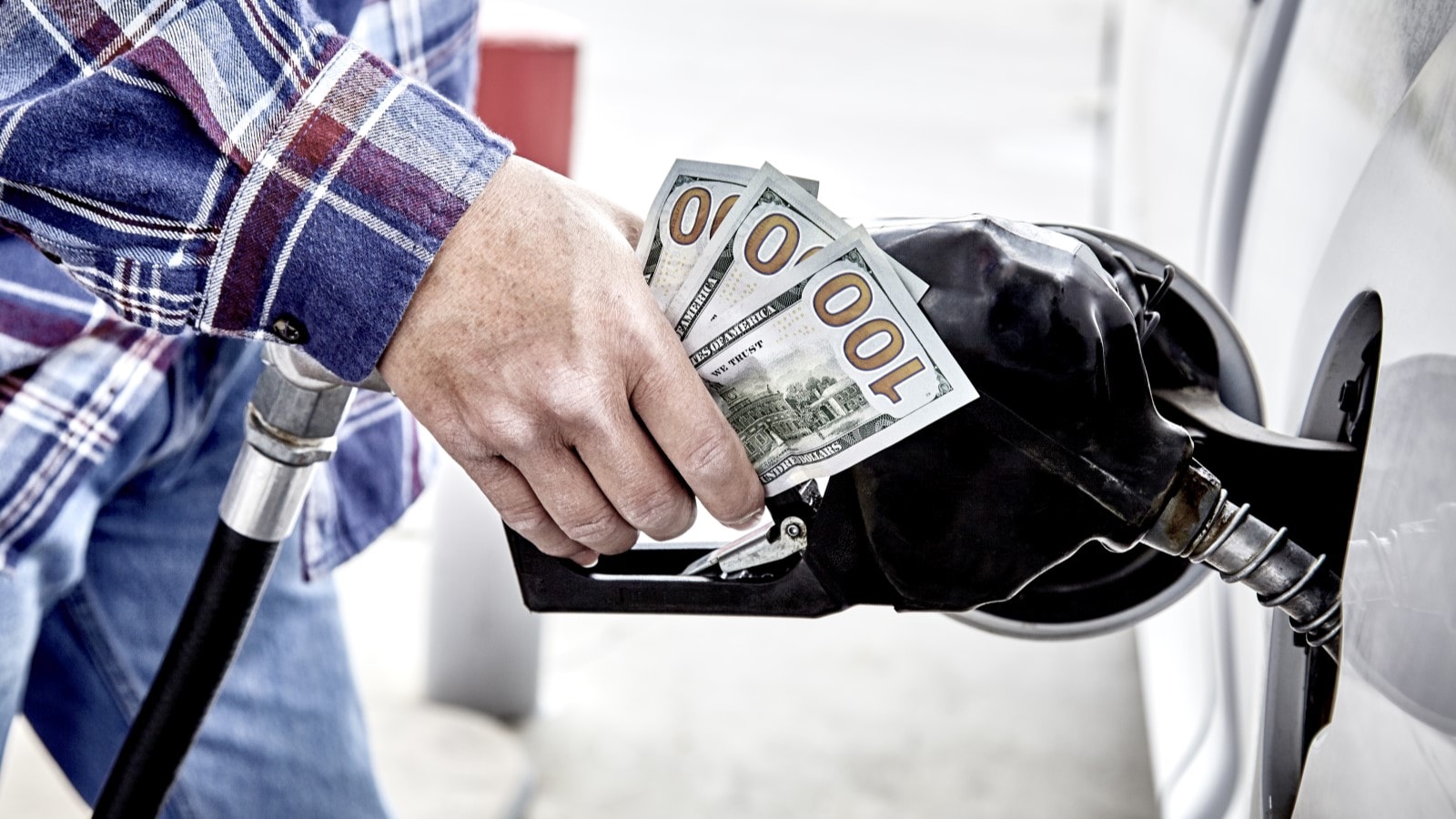
The nationwide average price of a gallon of gas sits at $3.13 this morning, according to AAA. That’s 5 cents lower than a week ago, 9 cents lower than a month ago, and 37 cents lower than this time last year.
Twenty states have residents paying under $3 per gallon today, with New Mexicans paying exactly $3. America’s least expensive gas is in Texas, where the average is $2.67. Californians pay the most, at $4.60.
Related:
$3 Per Gallon Likely
Some experts believe a nationwide average under $3 per gallon is possible soon.
Patrick De Haan, head of petroleum analysis for GasBuddy, is one such analyst. “In addition to gasoline prices falling to their lowest level since January, the average price of diesel has now fallen to its lowest level in over three years,” he explains.
Seasonal Changes, Low Oil Prices Impacting the Pump
Much of the change is a normal seasonal price dip. Refineries switch to cheaper winter-blend gasoline in the fall. Stations drop their prices when they sell off their last shipment of more expensive warm-weather gas and refill with a truckload of the cheaper mix.
Americans also drive less as the temperature drops. According to the U.S. Energy Information Administration, America’s drivers burned about 8.8 million barrels of gasoline the week ending Oct. 18 (the most recent week for which data are available). That’s down nearly 800,000 barrels in just two weeks.
Global events also play a role. CNBC notes that crude oil prices are on pace to hit a two-year low “after Iranian energy facilities were not damaged during an Israeli attack over the weekend.”
Presidential Election Probably Irrelevant to Gas Prices
One thing that plays little role in gas prices? The upcoming presidential election. De Haan explains, “While many Americans may incorrectly credit the upcoming election for the declines, politicians have little influence over the strong seasonal forces that drive prices lower in autumn.”
He expects gas prices to continue their decline “into and even beyond the upcoming election,” he says.
Gas prices often stand in for the general state of the economy in the minds of voters, the Washington Post says. “But experts caution that may not be the case this time around. Although gas prices are a well-established stand-in for economic issues, voters say they are more focused on rising costs for housing, food, and utilities.”

